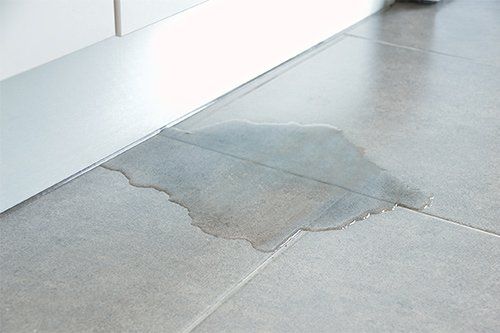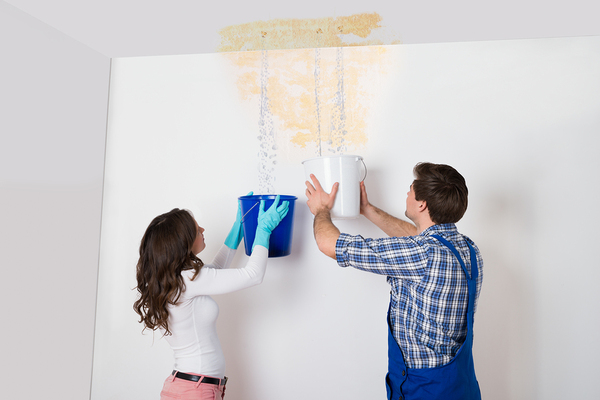The Six Most Common Sources of Water Leaks in Your Home: How to Identify and Address Them
The Six Most Common Sources of Water Leaks in Your Home: How to Identify and Address Them
Blog Article
Have you been trying to find suggestions around How to detect water leaks in your home?

Leakages not only cause waste of water yet can likewise cause unneeded damage to your residence as well as promote undesirable natural growth. By looking and also comprehending for everyday scenarios that trigger leakages, you can secure your house from future leaks and also unnecessary damages.
Intruding roots
The majority of water leakages start outside your home as opposed to inside it. If you discover an abrupt decline in water pressure, state in your tap, require time to go out and examine your lawn. You may discover wet spots or sinkholes in your yard, and that may indicate that tree roots are attacking water lines triggering water to seep out. You can have your plumber look for intrusion, specifically if you have trees or hedges near your property.
Rusty water systems
As time goes by, your plumbing system ages and rust such as corrosion may begin gnawing the pipes. This could be the cause of discoloration or bending on your water pipes. This requires an inspection with your plumber quickly. Think about replacing the pipes considering that they are at a greater threat of corrosion than the newer designs if our plumbing system is old.
Defective Pipe Joints
The factor at which your pipelines attach is often the weakest web link in the waterline. Pipe joints can degrade over time, leading to water leakages. The majority of pipe joints are not quickly visible. If you have noisy pipelines that make ticking or banging sounds, specifically when the warm water is activated, your pipeline joints are possibly under a great deal of stress. It is recommended to have your plumber examine your system yearly.
Instantaneous temperature level adjustments.
Severe temperature changes in our pipelines can create them to increase as well as contract all of a sudden. This growth and tightening may trigger cracks in the pipelines, particularly if the temperature level are listed below freezing.
Poor Water Connectors
At times, a leakage can be caused by loosened hoses and pipes that provide your appliances. In instance of a water connections leakage, you might see water running directly from the supply line or pools around your devices.
Blocked Drains
Obstructed drains may be irritating as well as inconveniencing, however they can in some cases wind up causing an overflow bring about burst pipelines. Maintain removing any type of products that might go down your drains pipes that can clog them to stay clear of such hassles.
All the above are sources of leakages but not all water leakages arise from plumbing leakages; some leaks may originate from roofing system leakages. All leakages need to be repaired promptly to avoid water damages.
Leakages not just create waste of water but can likewise create unnecessary damage to your house and also promote undesirable organic growth. By looking as well as recognizing for day-to-day situations that cause leaks, you can safeguard your house from future leakages and unnecessary damage. Today, we will look at six leak triggers that might be creating your pipelines to trickle.
At times, a leakage can be caused by loose hoses and pipelines that provide your devices. In instance of a water links leakage, you might see water running straight from the supply line or puddles around your appliances.
How To Check For Water Leak In Your Home
How To Check for Leaks
The average household's leaks can account for nearly 10,000 gallons of water wasted every year and ten percent of homes have leaks that waste 90 gallons or more per day. Common types of leaks found in the home are worn toilet flappers, dripping faucets, and other leaking valves. These types of leaks are often easy to fix, requiring only a few tools and hardware that can pay for themselves in water savings. Fixing easily corrected household water leaks can save homeowners about 10 percent on their water bills.
To check for leaks in your home, you first need to determine whether you're wasting water and then identify the source of the leak. Here are some tips for finding leaks:
Take a look at your water usage during a colder month, such as January or February. If a family of four exceeds 12,000 gallons per month, there are serious leaks.
Check your water meter before and after a two-hour period when no water is being used. If the meter changes at all, you probably have a leak.
Identify toilet leaks by placing a drop of food coloring in the toilet tank. If any color shows up in the bowl after 10 minutes, you have a leak. (Be sure to flush immediately after the experiment to avoid staining the tank.)
Examine faucet gaskets and pipe fittings for any water on the outside of the pipe to check for surface leaks.
Undetected water leaks can happen without the home or business owner even realizing. If you suspect a water leak, but not able to find the source. It is time to contact a professional water leak detection service, The Leak Doctor.
How To Find a Water Leak In Your Home
https://www.leakdoctor.com/blog/How-To-Check-For-Water-Leak-In-Your-Home_AE197.html

Hopefully you enjoyed our topic about Top Causes of Home Water Leaks. Thanks a ton for spending some time to browse our post. Remember to set aside a second to share this blog posting if you enjoyed it. We recognize the value of reading our article about How to detect water leaks in your home.
Go Company Report this page